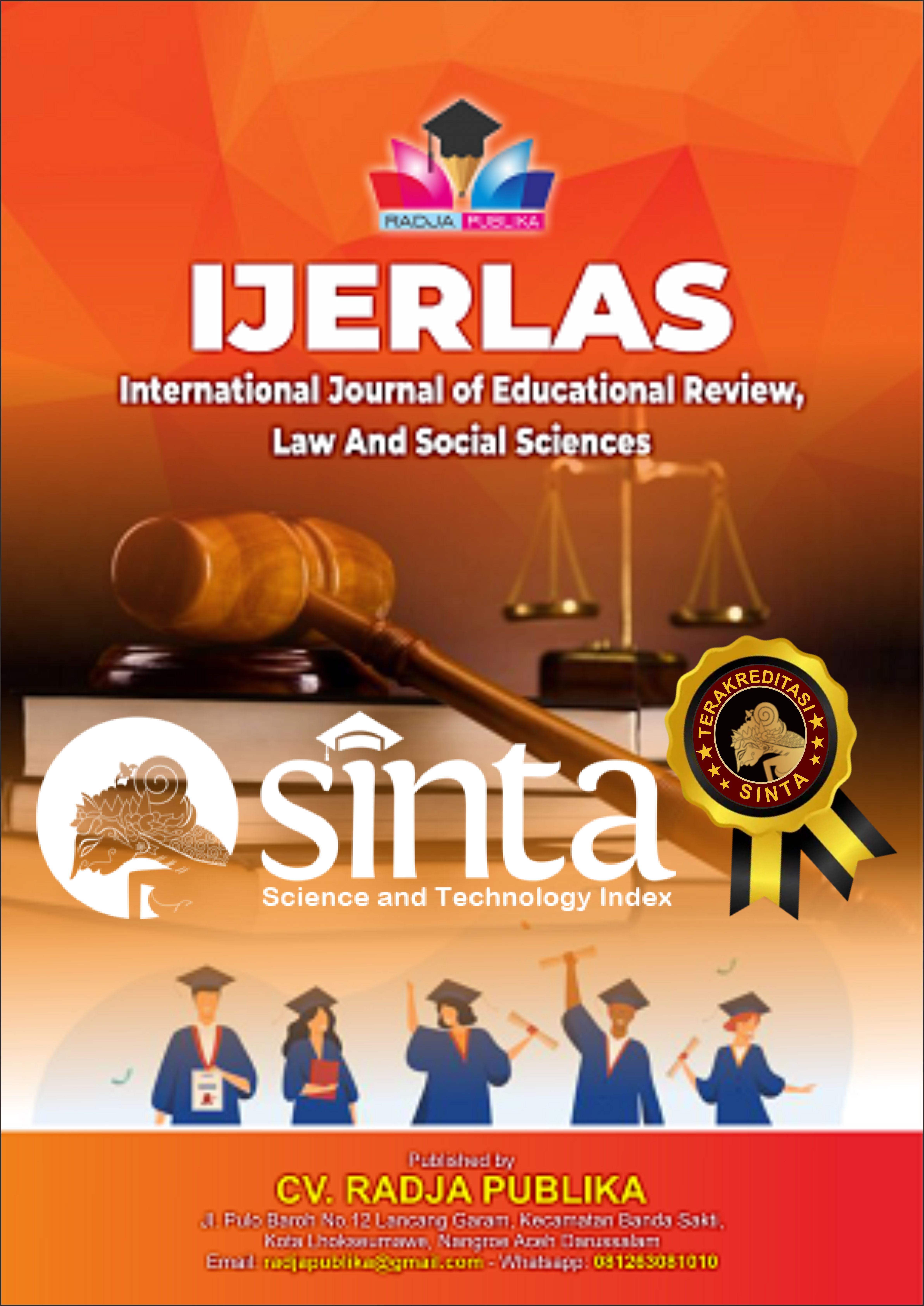DEVELOPMENT OF PUCUNG VILLAGE MASTERPLAN GIRISUBO DISTRICT, GUNUNG KIDUL DISTRICT
Main Article Content
Aristiono Nugroho
Pucung Village, Girisubo District, Gunung Kidul Regency needs a master plan, which is a guideline for implementing the development of Pucung Village which is equipped with infrastructure, so that it contributes to achieving the long-term vision. This study uses qualitative research methods, with a rationalistic approach. The number of informants was 15 people, who were selected purposively. The data consists of: (1) Primary data, obtained from interviews with informants; (2) Secondary data, in the form of Pucung Village population data. Meanwhile, data analysis was carried out by utilizing qualitative data analysis techniques. The results of this study indicate that: First, the potential of Pucung Village consists of physical and non-physical potential, both of which can be utilized and developed for the realization of community welfare; Second, the process of making the Pucung Village Masterplan includes facilitation of maps and data from lecturers from the National Land College. Then providing input by the Head of the Padukuhan and local community leaders regarding their respective Padukuhan development plans; Furthermore, data collection and input, as well as analysis and drafting of the Pucung Village Master Plan by the Head of Pucung Village and the Secretary of Pucung Village, supervised by a lecturer at the National Land College; Third, the development conception in the Pucung Village Master Plan includes: a socio-ecological approach, a participatory approach, and an input-output approach; Fourth, development zoning in the Pucung Village Master Plan includes: the development of the North, Central and South areas. Fifth, the divisions in the Pucung Village Master Plan cover the fields of: agriculture, animal husbandry, tourism, and the economy.
Abuiyada, Reem. 2018. “Traditional Development Theories Have Failed to Address the Needs of the Majority of People at Grassroots Levels With Reference to GAD.” International Journal of Business and Social Science, Volume 9, Number 9, September 2018, Page: 115-119.
BPS Kabupaten Gunung Kidul. 2020. “Kecamatan Girisubo Dalam Angka 2020.”
Korlena. (et.al.). 2011. “Peraturan Zonasi Sebagai Instrumen Pengendalian Pemanfaatan Ruang: Belajar Dari Amerika Serikat dan Inggris.” Makalah pada Seminar Nasional “Life Style and Architecture”, 2011.
Kusumawardhana, Wijaya. 2010. “Perencanaan Sektoral: Tinjauan Terhadap Pendekatan ROCCIPI.” Jakarta, Kementerian PPN/Bappenas.
Maya, S. 2017. “The Concept of Development.” Thiruvananthapuram (India), Kerala University.
Nugroho, Aristiono. 2020. “Metode Penelitian Kualitatif Untuk Riset Agraria.” Yogyakarta, Gramasurya.
Nugroho, Aristiono. 2023. “Community Business Action Plan Based On Regional Potential In The Framework Of Agrarian Reform.” Injurity: Interdiciplinary Journal And Humanity, Volume 2, Number 4, April 2023, Page 332-344.
Salsabilla, Monica. 2015. “Zonasi Lahan dan Pemanfaatannya.” Malang, Universitas Brawijaya.
Thompson, Lucy. (et.al.). 2015. “West Side Flats: Masterplan and Development Guidelines.” Minneapolis (USA), Hoisington Koegler Group Inc.
Wahyudi, Wenny Widya. (et.al.). 2014. “Perencanaan Pembangunan Ekonomi Wilayah Berbasis Sektor Unggulan: Kasus Kabupaten Pasaman Pasca Otonomi Daerah.” Jurnal Agribisnis Indonesia, Volume 2, Nomor 2, Desember 2014, Halaman: 159-176.
Wood, Erky. 2020. “Greater Lanseria Masterplan.” Johannesburg (South Africa), GAPP Architects and Urban Designers.




























